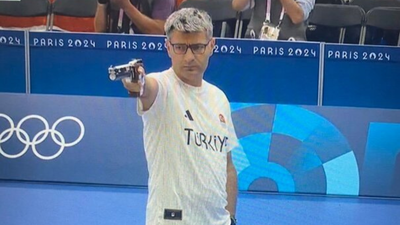Japanese telecommunications and tech giant NTT has designed a laser drone system to protect poultry farms. NTT e-Drone Technology Co., Ltd worked closely with NTT East Japan Co., Ltd, and the government of Chiba Prefecture to develop a laser system to scare wild birds away from the farms (machine translation). The idea is to reduce or eliminate the spread of avian influenza from unwanted feathered visitors like crows and pigeons.

Watch On
Many countries have faced devastating losses of livestock due to avian flu, and prevention is key in this instance – as the solution to any infection discovered is usually a drastic cull. Some bird flu strains (e.g. H5N1) are also a danger to humans, especially farmers and the like, in close contact with their hens.
According to NTT’s press release on the new laser drone system, “Between January and February 2025, a severe situation unfolded within Chiba Prefecture, resulting in the culling of over 3.3 million poultry.” Facing such circumstances means that investments in keeping flu at bay are very worthwhile.
Birds can spread the flu virus via their physical presence – entering a hen house, for example – or via droppings. This means it is important to act quickly to scare them off. NTT’s drones with deterrent lasers seem like they are a good fit for this task.

In some infographics shared by NTT, we see the proposed drone system. In the above illustrations, from the left, you can see some pesky crows visiting the poultry farm. Next up, an auto-navigating drone is sent up to scare the birds off. Rather than a single concentrated laser, the proposed BB102 drone fires a beam that is split into many rays. These are both red and green rays, chosen for their proven ability to ward off “pigeons, crows, starlings, deer, etc.” Moreover, the laser is intermittent, flickering on and off to prevent birds and animals settling in gaps between its rays.
Local government subsidies will help farmers pay for systems like this one from NTT. It is noted that this automated anti-feral bird drone is preferable to manually chasing visiting birds or animals away or using noise or chemical substances.
Follow Tom’s Hardware on Google Newsor add us as a preferred sourceto get our up-to-date news, analysis, and reviews in your feeds. Make sure to click the Follow button!






